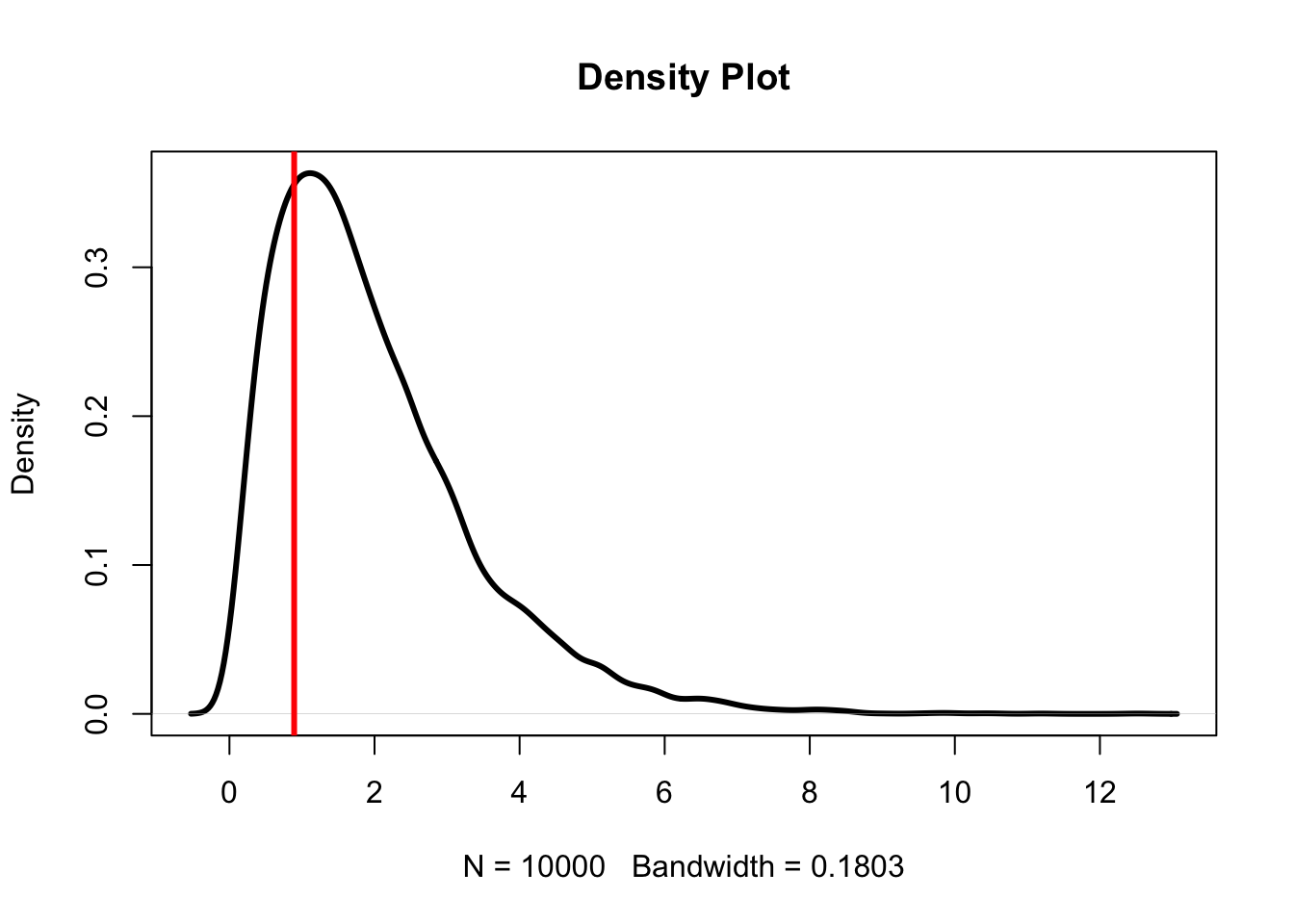
Analysis
Approaching statistical thinking for text analysis.
Feb 7, 2024
Overview
- Describe
- mixed in!
- Analyze
- Communicate
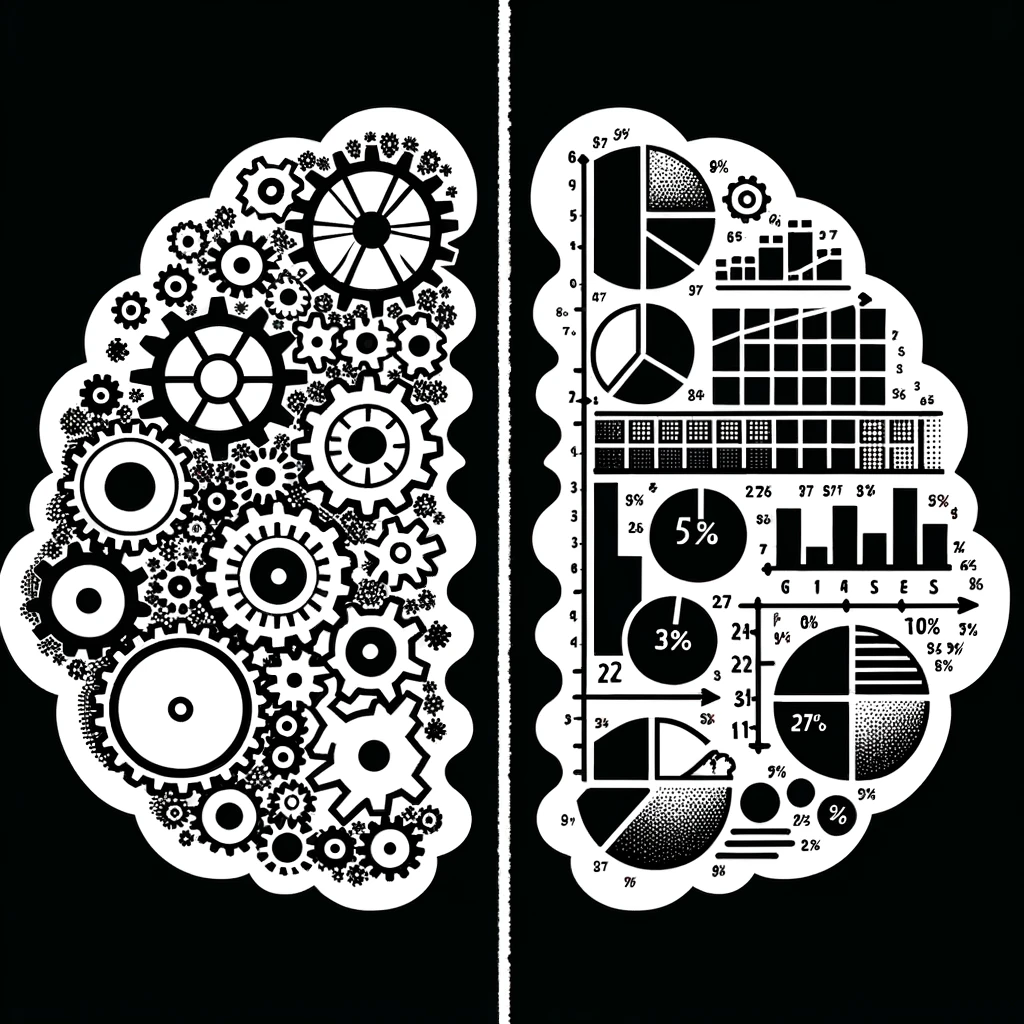
Describe
Descriptive methods
Summarize the data to understand its characteristics.
- Central Tendency: What is the “typical” value?
- Dispersion: How much do the values vary?
- Distribution: What does the data look like?
- Association: How do variables relate to one another?
Central Tendency
A single statistic that aims to represent a variable.
Mode
Most common
0.89
used most for categorical data
Mean
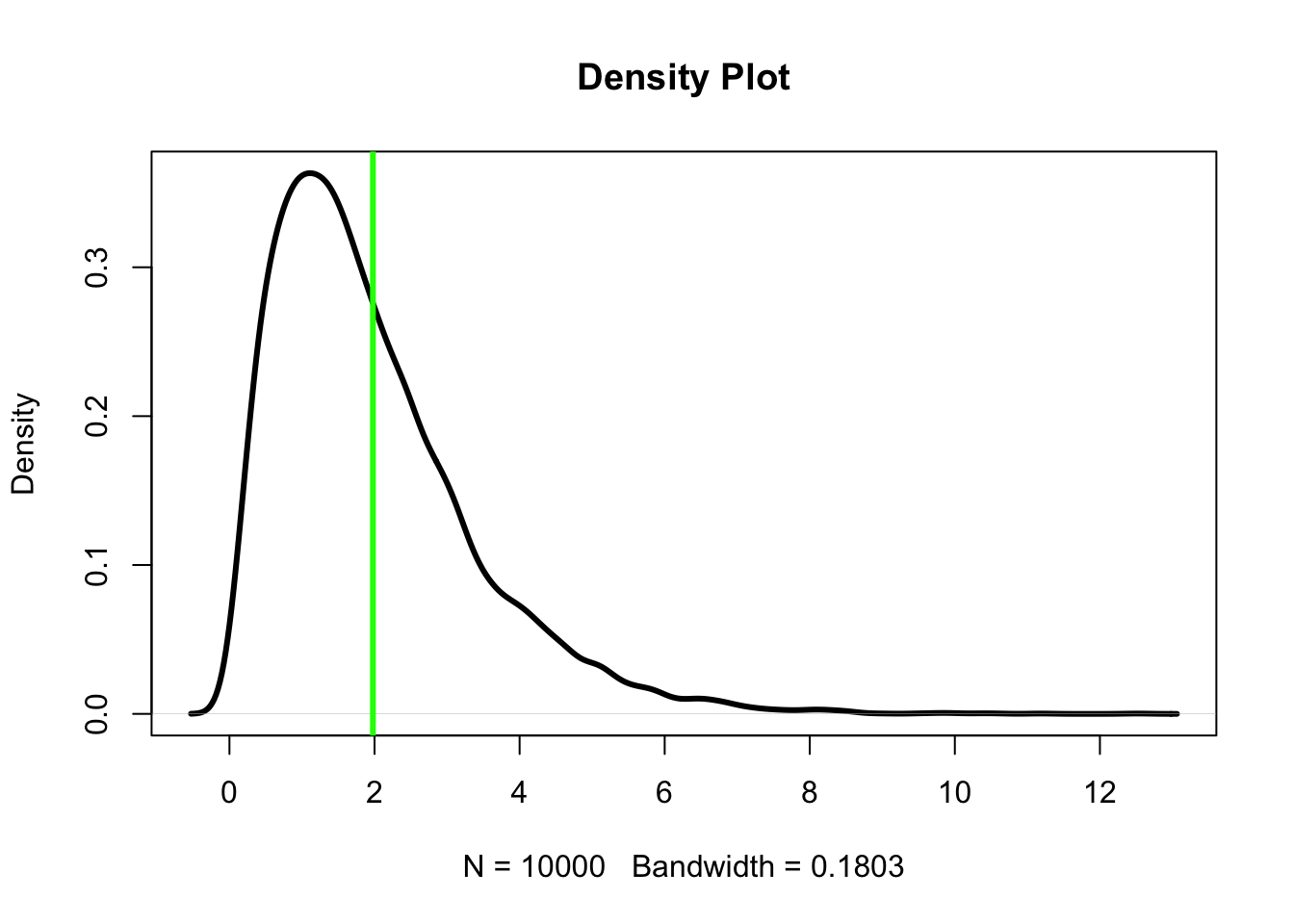
Average
1.98
Median
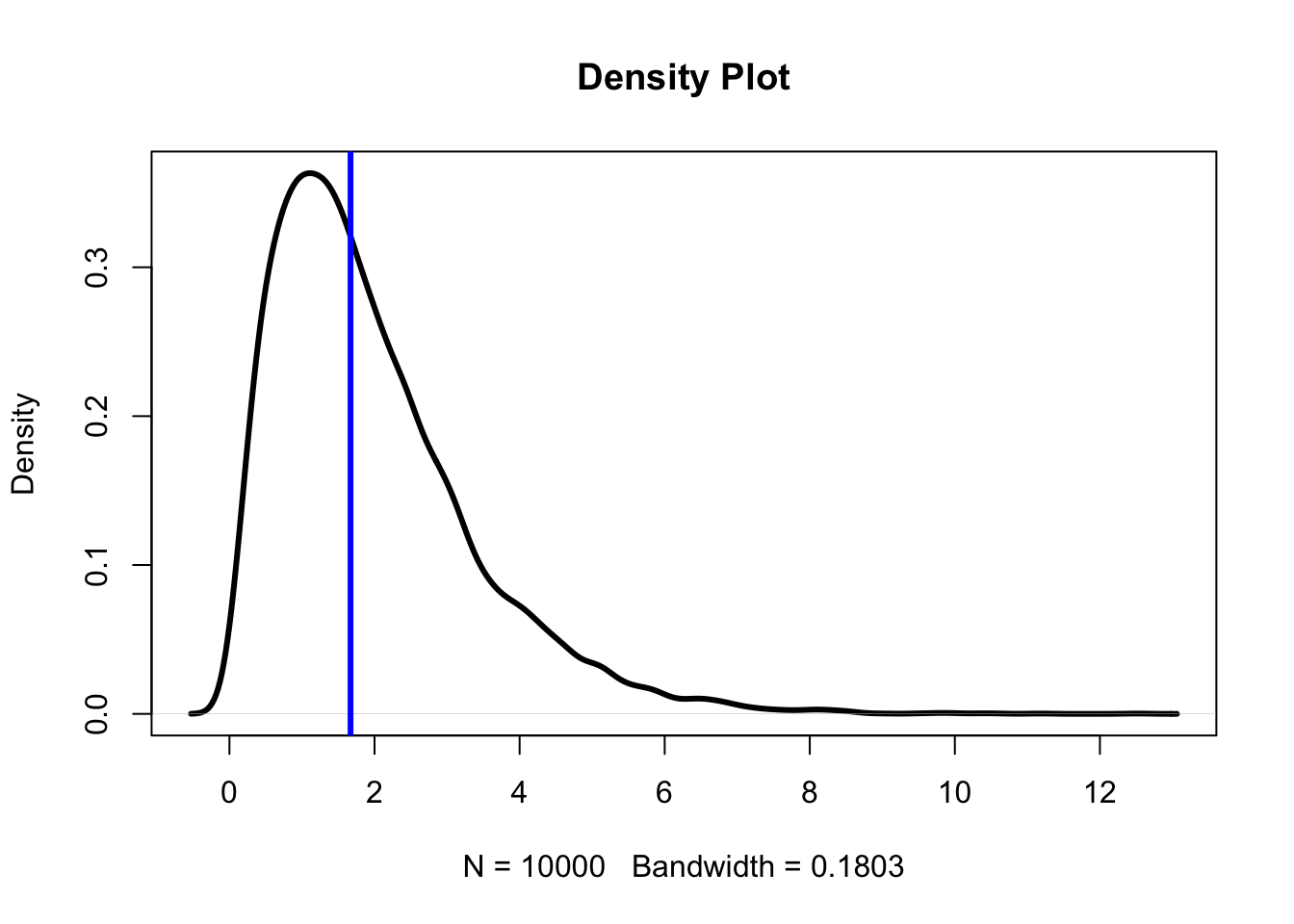
Middle
1.67
Dispersion
A single statistic to represent the variability of a variable.
Standard Deviation
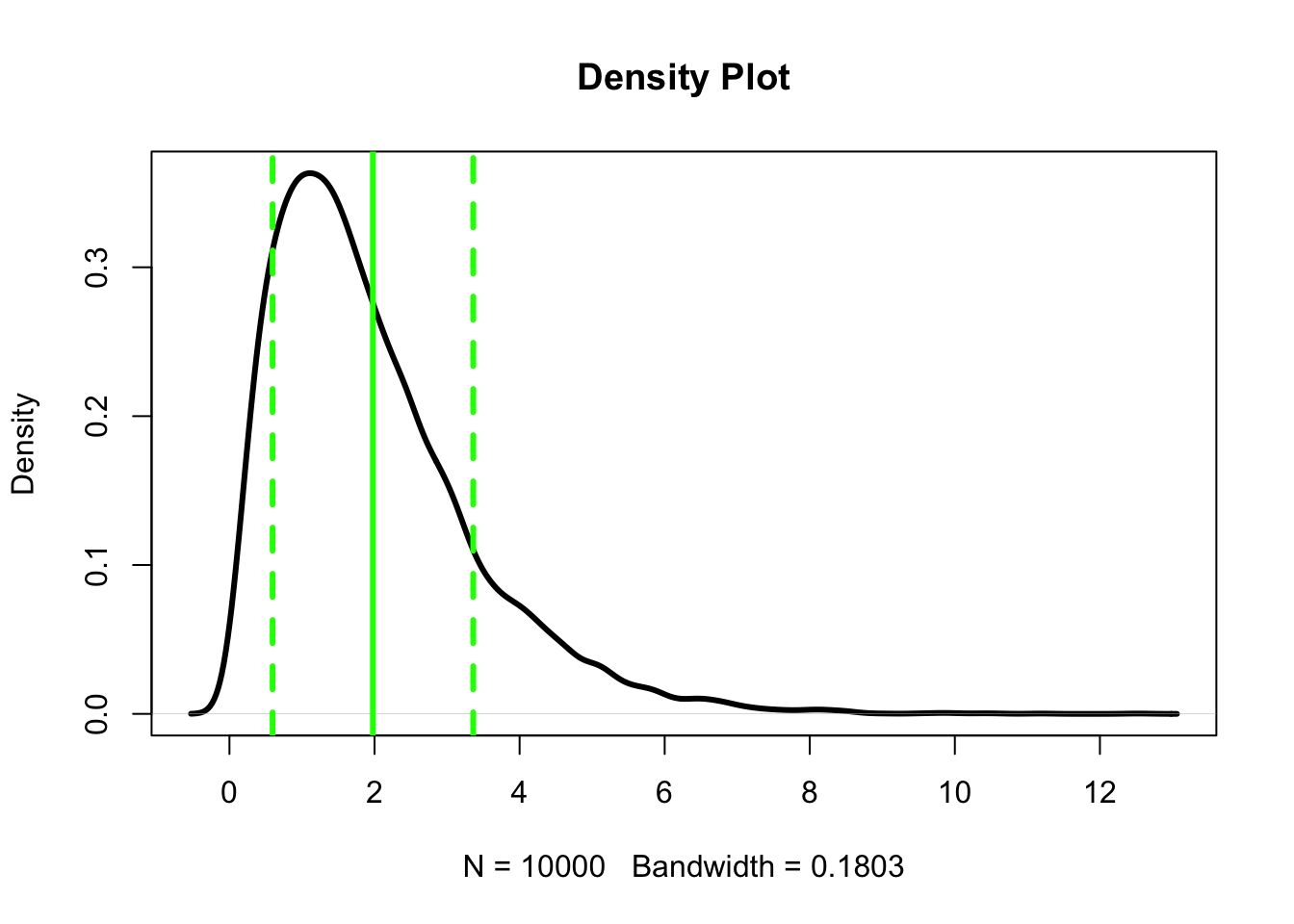
1.38 around the mean
IQR (Interquartile Range)
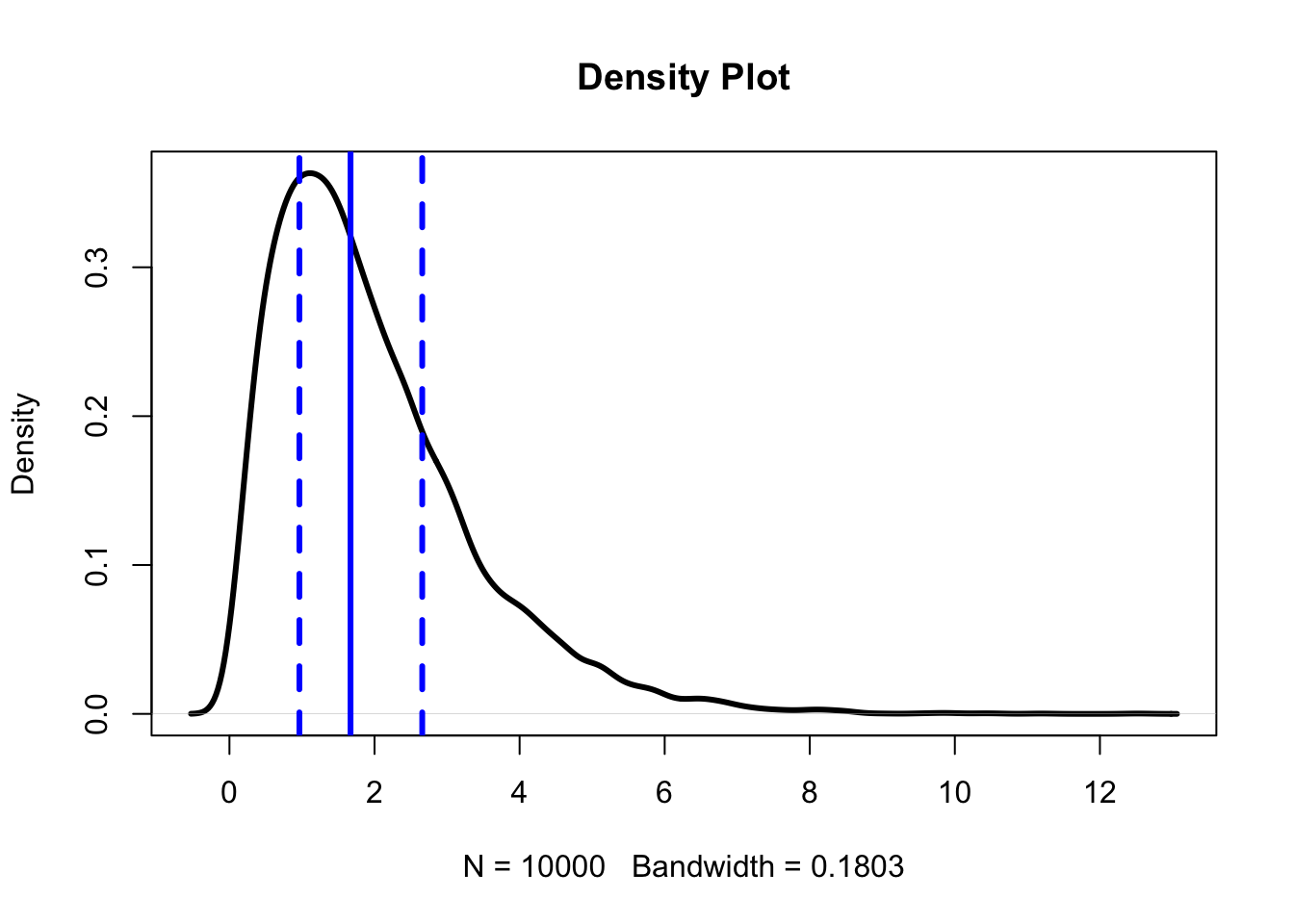
1.69 75\(^{th}\) - 25\(^{th}\) percentiles
Distribution
Normal distribution
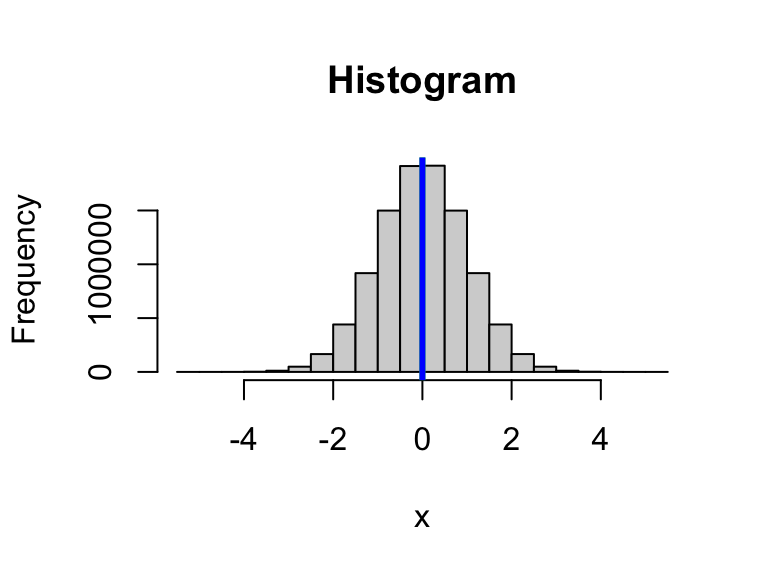
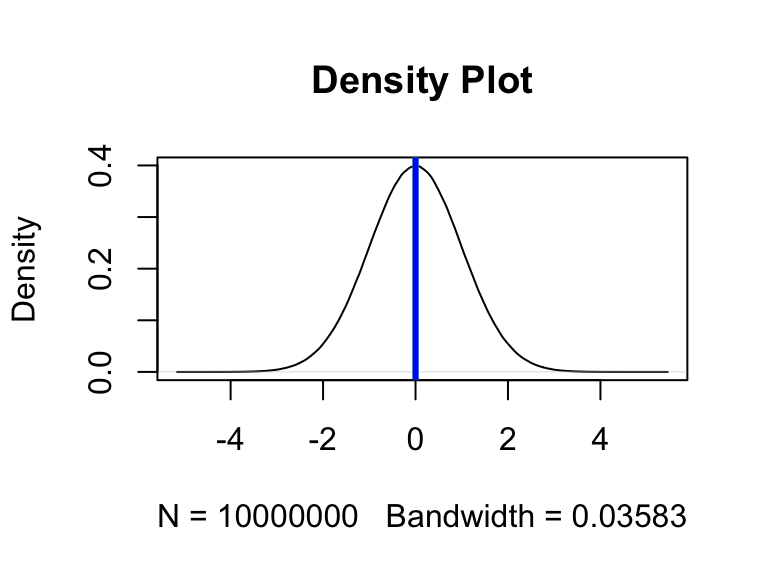
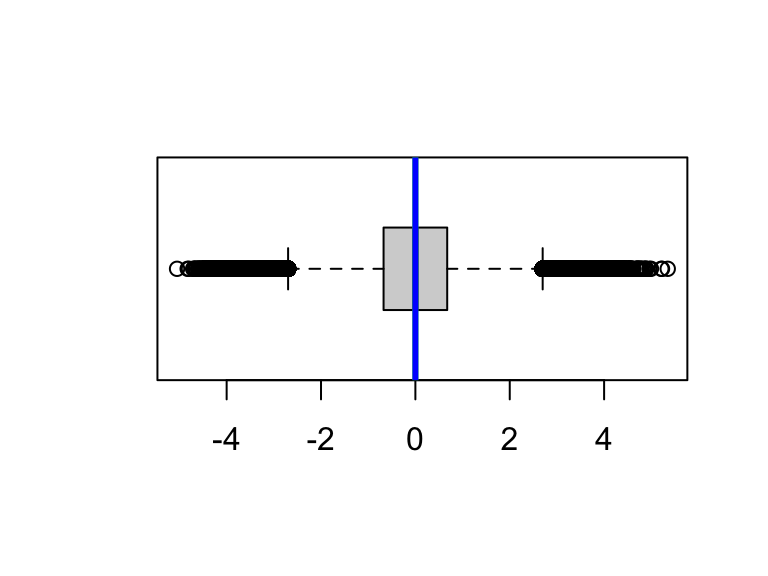
Skewed distributions
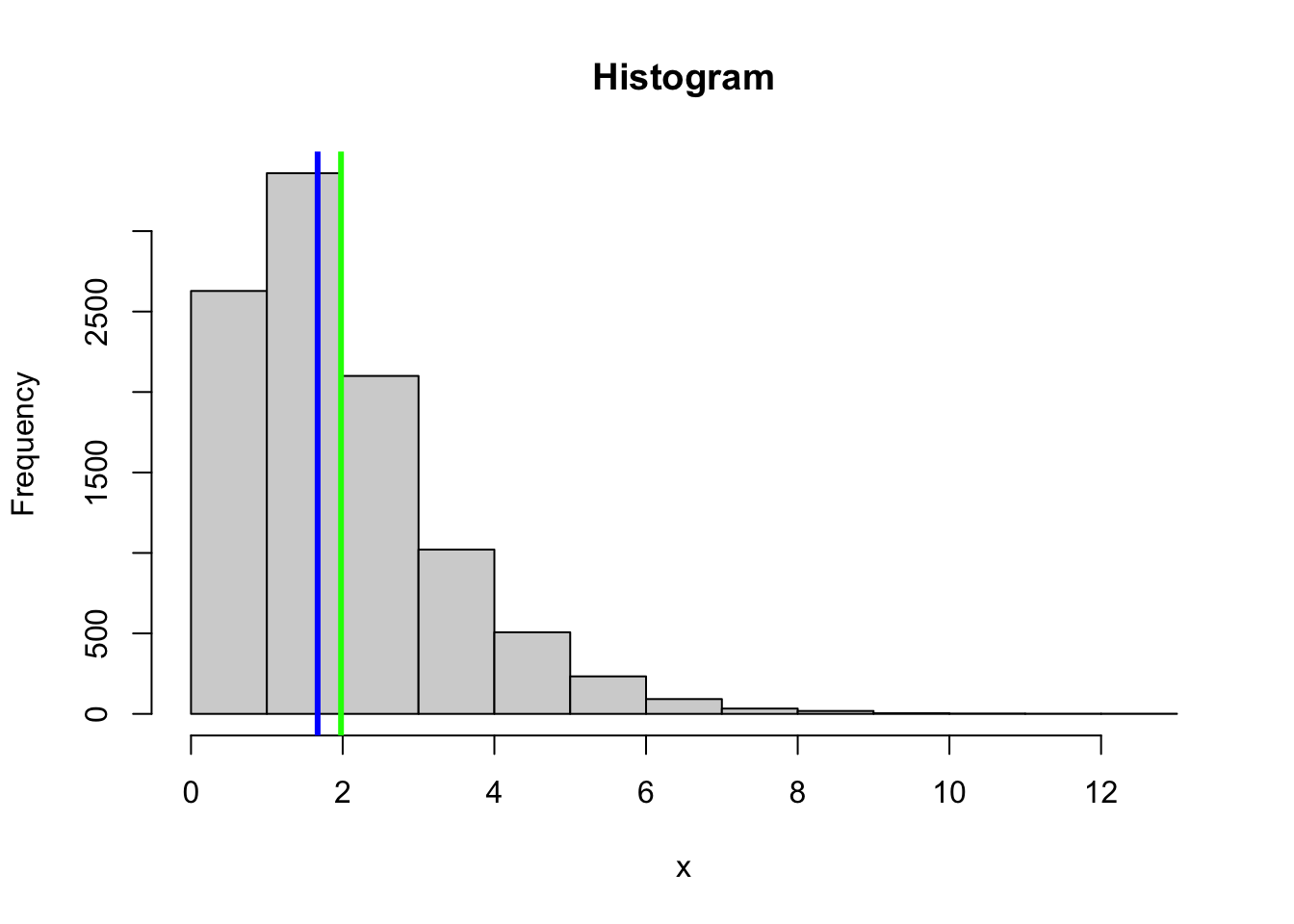

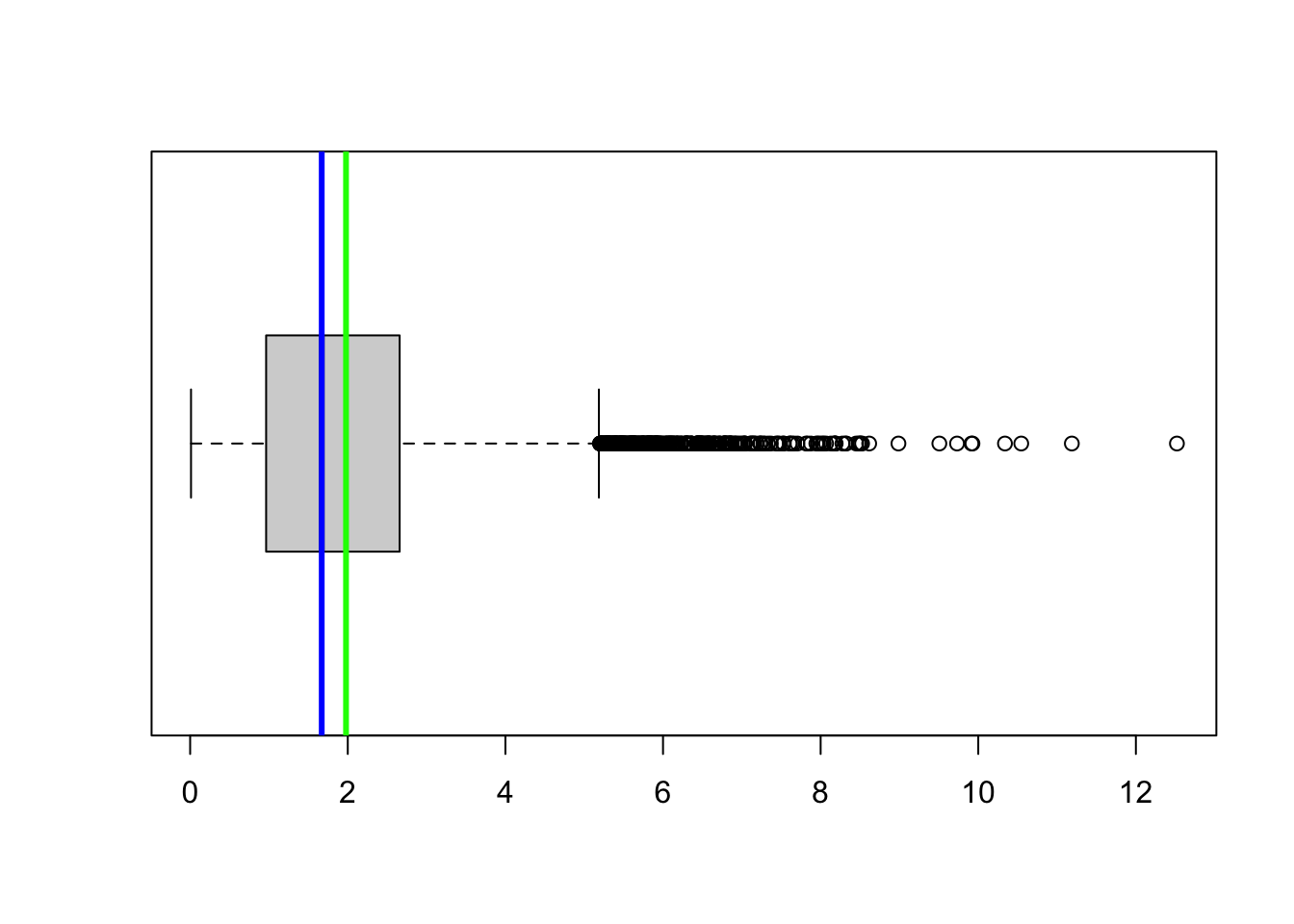
Association
Relationship between one variable and another
| Categorical | Ordinal | Numeric | |
|---|---|---|---|
| Categorical | Contingency Table | Contingency Table/ Bar plot | Pivot Table/ Boxplot |
| Ordinal | - | Contingency Table/ Bar plot | Pivot Table/ Boxplot |
| Numeric | - | - | Scatterplot |
Demo
Load necessary packages
Very Short Stores vss_df dataset
Statistical overview
Targeted statistics
Distribution
Association
Categorical x Categorical/ Ordinal
Categorical x Numeric (measure)
Categorical x Numeric
Numeric x Numeric
Analyze
Aims, approach, methods, and evaluation
| Aims | Explore: gain insight, open new avenues |
| Approach | Inductive, data-driven, and iterative |
| Methods | Descriptive, pattern detection with machine learning (unsupervised) |
| Evaluation | Associative |
| Aims | Examine: support and validate |
| Approach | Semi-deductive, data/theory-driven, and iterative |
| Methods | Predictive modeling with machine learning (supervised) |
| Evaluation | Accuracy measures, associative |
| Aims | Extrapolate: generalize and explain |
| Approach | Deductive, theory-driven, and non-iterative |
| Methods | Inferential statistics (theory- or simulation-based) |
| Evaluation | Causal inference, associative |
Communicate
Report
Presentations, articles, and reports are the primary means of communicating results.
flowchart LR
subgraph "Motivation"
A[Literature review] --> B[Research question]
A --> C[Hypothesis]
end
subgraph "Methods"
C --> D["Data\n description"]
B --> D
D --> F["Data analysis\n description"]
end
subgraph "Analysis"
F --> G["Descriptive statistics"]
G --> H["Exploratory findings"]
G --> I["Predictive modeling"]
G --> J["Inferential estimates"]
H --> K[Results]
I --> K
J --> K
end
subgraph "Discussion"
K --> L[Interpretation]
K --> N[Limitations]
K --> M[Implications]
end
Document

Summary
Upshot
- Descriptive statistics are the first step in understanding data.
- Statistical thinking is a process of asking questions and answering them with data.
- The process of analysis depends on the aims of the research.
- Communication and documentation is key to sharing results and understanding.
Looking ahead
- Recipe 03: Descriptive assessment of datasets
- Lab 03: Trace the datascape
References

Analysis | Quantitative Text Analysis | Wake Forest University